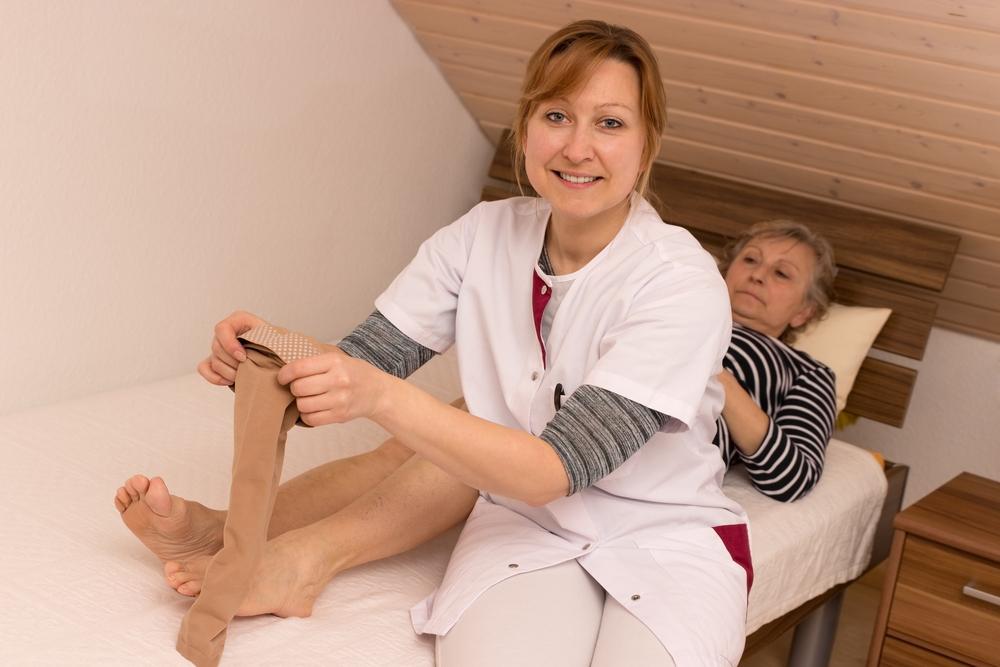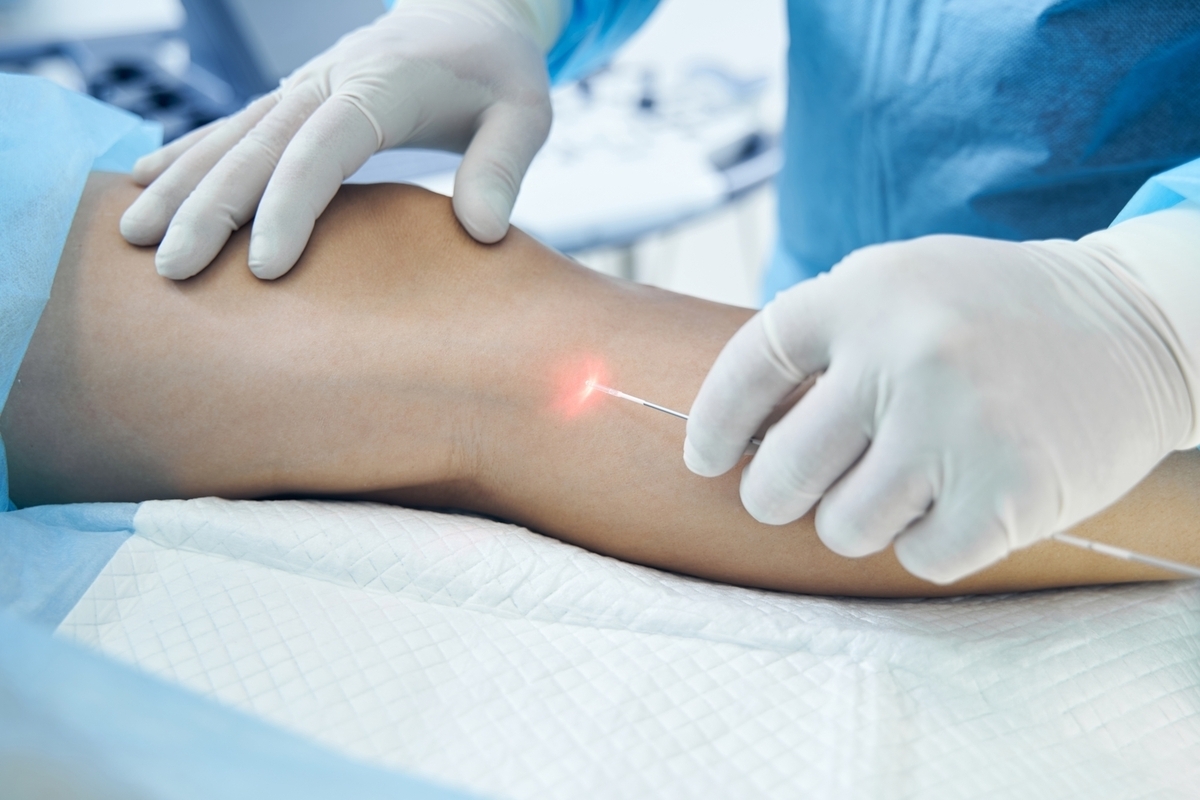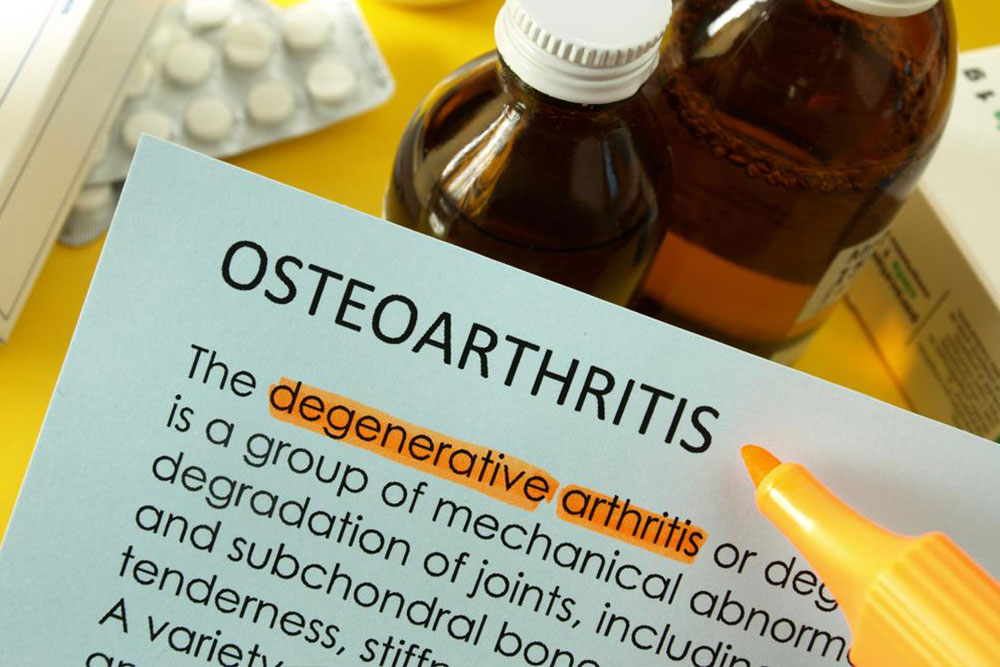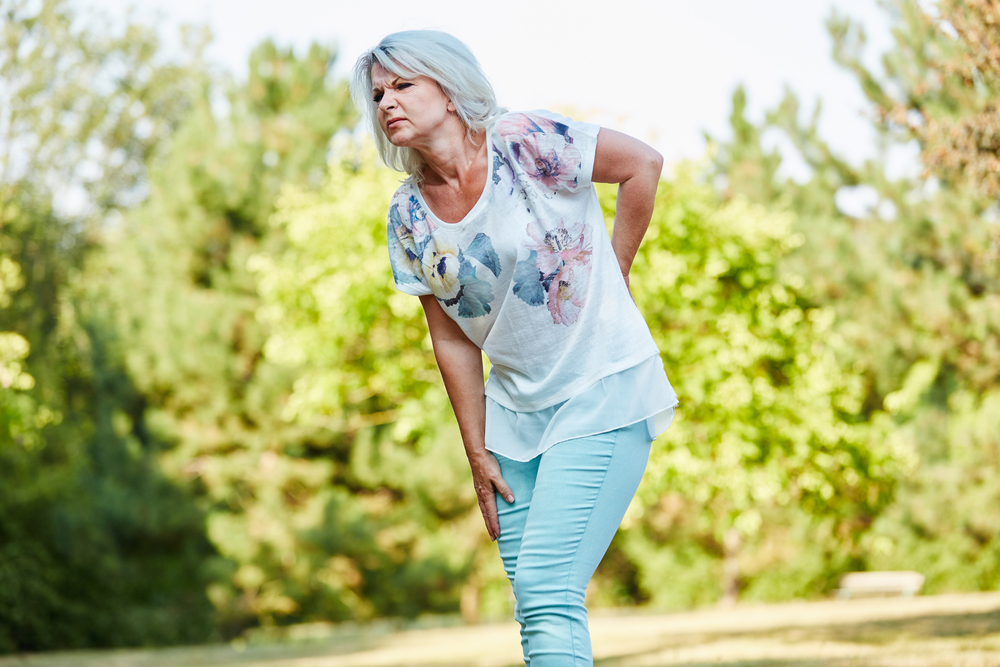Effective Strategies for Managing Varicose Veins
Learn about effective, minimally invasive treatments for varicose veins, including lifestyle changes, medical procedures, and dietary tips to manage and prevent symptoms. Early intervention can improve vascular health and reduce discomfort without the need for prolonged hospital stays.
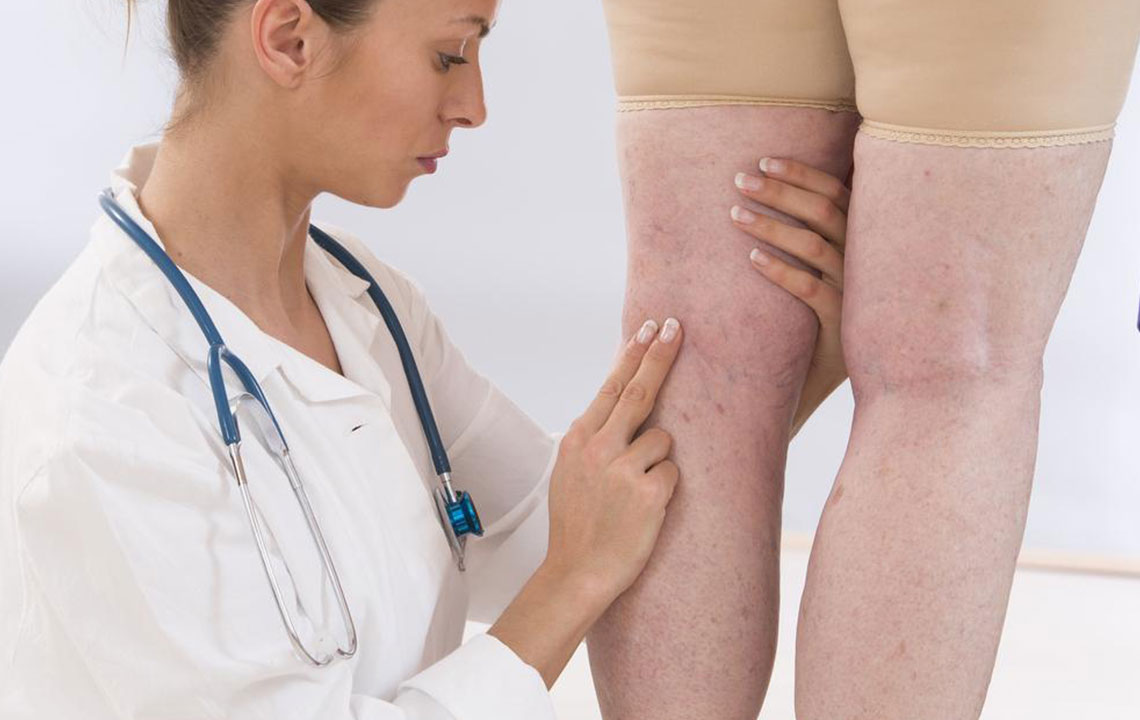
Effective Strategies for Managing Varicose Veins
Varicose veins are enlarged, twisted blood vessels that transport blood from the legs to the heart. Visible as bluish, bulging veins beneath the skin, they are a common concern affecting a significant portion of the population. The National Institute of Health reports that approximately 60% of men and women experience issues related to varicose veins, often starting with spider veins—small red or blue lines resembling spider webs. Sun exposure can worsen the condition by degrading collagen in the skin.
Various factors contribute to the development of varicose veins, including hormonal fluctuations caused by birth control, puberty, pregnancy, menopause, and hormone therapy, which weaken vein valves. Pregnant women experience increased blood volume, causing veins to swell, with most varicose veins improving within three months postpartum. Prolonged standing, aging, and excess weight also play roles.
Many treatment options exist for varicose veins, most being minimally invasive and avoiding hospitalization.
Common Treatment Approaches
Sclerotherapy: A solution is injected into the affected veins, causing them to fade within weeks. This procedure is painless and doesn’t require anesthesia.
Foam Sclerotherapy: A foam solution is used to close larger veins, offering an effective alternative.
Vein Stripping and Ligation: Usually performed outpatient, the affected vein is tied off and removed through small incisions, with minimal impact on overall circulation.
Catheter-assisted Procedures: A catheter heats the vein using laser or radiofrequency energy, causing it to collapse and close.
Endoscopic Vein Surgery: For severe cases, a small camera guides the removal of infected veins, especially suitable for leg ulcers.
Laser Surgery: High-intensity laser beams target and gradually eliminate veins without needles or incisions.
Ambulatory Phlebectomy: Small skin punctures allow for vein removal under local anesthesia with no scars.
In addition, lifestyle modifications can significantly reduce symptoms and prevent progression.
Physical Activity: Regular exercise like walking, swimming, cycling, and yoga improves blood circulation and relaxes calf muscles.
Proper Care: Avoid tight clothing, long periods of immobility, and adopt healthy habits to lessen vein strain.
Compression Stockings: These facilitate efficient blood flow and are readily available at medical stores for daily use.
Dietary Adjustments: Consuming high-fiber foods such as oats, beans, fruits, and vegetables reduces pressure from bowel movements. Including potassium-rich foods like bananas, potatoes, and nuts helps prevent water retention. Flavonoid-rich foods like apples and spinach promote vein health.
Early detection and consultation with a healthcare professional are essential when experiencing symptoms, enabling timely management of varicose veins. Simple lifestyle changes and medical treatments can effectively alleviate discomfort and improve vascular health.

